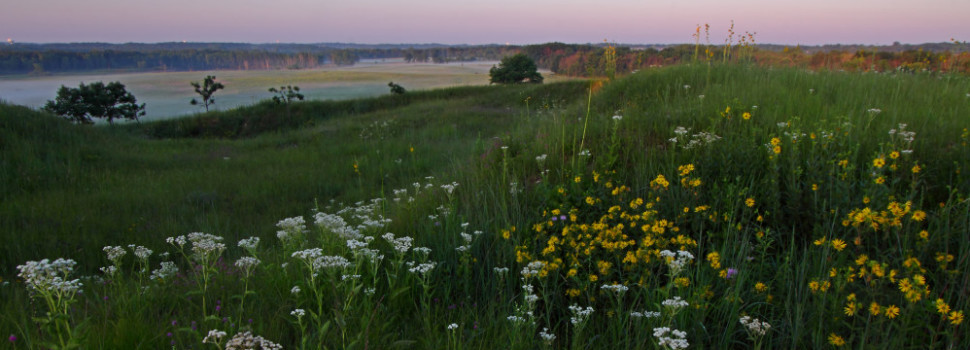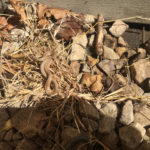By Joey Cavataio, Amateur Herpetologist
It’s 1925. Somewhere in the vast-but-ever-shrinking prairie located northwest of downtown Chicago, a brand new batch of bungalows stands out against the tall grass and endless horizon to the west. A few years earlier, the beginnings of a subdivision were born, when rough roads and paved sidewalks were installed in anticipation of a new way of life for many – rural living in what was technically Chicago by that point. The development of all of the homes, roads, and sewers necessitated the destruction of prairie. Virtually all living things died; plants, invertebrates, amphibians, reptiles, and most mammals quickly vanished in short order in favor of human sprawl.
One species that endured the invasion of humans was Storeria dekayi, or the midland brown snake. This tiny, innocuous serpent, long as a nightcrawler and about as secretive, decided that it was going to use its adaptive nature to its advantage. Naturally a creature of open woodland, the edges of woodlands, savanna, and prairie, it handled the park-like environment well enough to persist. Craving slugs and worms, it never faced a shortage of its prey among the lawns and gardens it frequented. And giving birth to live babies, independent from birth, was a huge plus – eggs are sensitive to weather extremes, predators, and all sorts of human activities. It seemed destined to cling to its former haunts despite profound disturbance.
In my backyard, I have found these snakes a number of times over the last few years. I assumed there was a hibernaculum – a protected space where the snakes congregate during the winter months. I searched around my house and garage but never reached a conclusion. Today, I think I found the entrance to a hibernaculum, a small crevice which leads to the house’s foundation. Just outside the crevice was a young adult male brown snake, torpid, but slowly warming itself as it lay coiled underneath a flower planter I placed there two years ago with hope that I might someday discover just what I had discovered today.
I’ve searched high and low for reptiles and amphibians in every corner of this country and even abroad, and have found and studied rare and striking (no pun intended) taxa that may seem to deserve more mention than some small, plain looking snake. But I’m afflicted with this passion for a snake that ekes out a living in the streets of Chicago, contends with mesopredators such as skunks, and somehow survives living in and on surfaces contaminated with road salt and chemicals, all the while trying very hard to avoid detection. I have a ton of respect for these animals. And call me crazy, but I think I’m darn lucky to share my house with them, if even only during the winter.
Joey Cavataio found a midland brown snake warming itself underneath a flower planter at his home on the Northwest side of Chicago. Near the planter, Joey discovered what he believes to be a hibernaculum, a small crevice leading to the house’s foundation.




